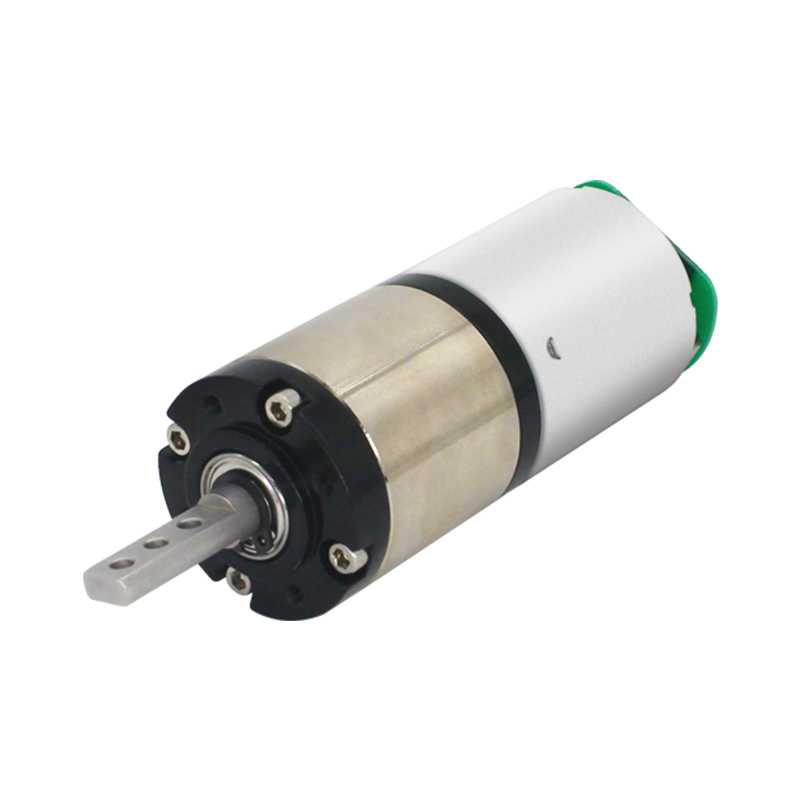Motor overload, overspeed, overcurrent are common problems in the operation of the motor, they may cause damage to the motor, and even cause safety accidents. The following is a detailed introduction to these three situations and the corresponding measures to solve them:
Motor overload
Causes
Excessive load: The load of the equipment driven by the motor exceeds the rated load capacity of the motor, for example, in the production line, if too much material is conveyed, it may lead to motor overload.
Mechanical failure: the motor or the mechanical equipment it is connected to has problems such as stagnation, excessive friction, etc., so that the motor needs to overcome greater resistance to run, such as damage to the motor bearings, which will increase the load of the motor.
Effects
Overheating: Overloading will increase the motor current and cause the motor windings to heat up. Prolonged overload operation will accelerate the aging of the insulation material and shorten the service life of the motor. In serious cases, the motor may be burnt out.
Speed drop: the motor speed will drop under overload, affecting the normal operation efficiency of the equipment, such as causing the conveyor speed on the production line to slow down, affecting the production progress.
Solution Measures
Reasonable selection: When selecting the motor, the power and torque of the motor should be reasonably calculated according to the actual demand of the load to ensure that the motor has enough margin to cope with possible load changes.
Regular maintenance: Carry out regular inspection and maintenance of the motor and the mechanical equipment it is connected to, so as to find and solve mechanical problems in time, such as replacing worn-out bearings and cleaning up stuck parts.
Motor overspeed
Causes
Abnormal power supply frequency: If the frequency of the power supply is higher than the rated frequency of the motor, the speed of the motor will increase accordingly. For example, power supply frequency fluctuation may occur in some power system failure or special power supply situation.
Failure of control system: Problems in the motor's speed control system, such as the failure of the frequency converter, may cause the motor to go out of control and the phenomenon of overspeed.
Impact
Mechanical damage: overspeed will make the rotor, bearings and other mechanical parts of the motor to withstand excessive centrifugal force, which will easily lead to damage to the parts, such as rotor deformation, bearing wear and tear increased.
Electrical failure: overspeed will cause the motor's induced electromotive force to increase, resulting in the insulation of the motor windings to withstand higher voltages, which may lead to electrical failures such as insulation breakdown.
Solution Measures
Installation of protection devices: Install overspeed protection devices, such as speed relays, in the motor control system. When the motor speed exceeds the set value, the protection device will act in time to cut off the power supply of the motor.
Regularly check the power supply and control system: Regularly check whether the frequency and voltage of the power supply are stable, and maintain and overhaul the motor's speed control system to ensure its normal operation.
Motor overcurrent
Causes
Short-circuit fault: A short-circuit inside the motor winding or a short-circuit in the power supply line of the motor will increase the current sharply, resulting in overcurrent. For example, a short circuit can be triggered when the insulation of the motor winding is damaged, resulting in the contact of adjacent wires.
Frequent motor start-up: frequent start-up of the motor will make the motor in the start-up moment to withstand a large impact current, if the start-up interval is too short, the motor winding can not have time to dissipate the heat, it is easy to overcurrent phenomenon.
Impact
Burned motor: overcurrent will make the motor winding heating is serious, more than its ability to withstand, resulting in motor burnout, which will directly affect the normal operation of the production equipment, resulting in production disruption and economic losses.
Damage to electrical equipment: overcurrent may cause damage to the motor's power supply lines, switches, fuses and other electrical equipment, affecting the stability and reliability of the entire electrical system.
Solution Measures
Installation of protection equipment: Install overcurrent protection devices, such as thermal relays and fuses, in the power supply circuit of the motor. When the current exceeds the set value, the protection device will automatically cut off the circuit to protect the motor and other electrical equipment.
Optimise the starting method: Adopt suitable motor starting methods, such as star-delta starting, soft starting, etc., to reduce the inrush current when starting the motor. At the same time, reasonably arrange the starting time of the motor to avoid frequent starting.
During the operation of the motor, it needs to be monitored and protected in various ways to timely detect and deal with overload, overspeed, overcurrent and other problems, so as to ensure the safe and stable operation of the motor.
